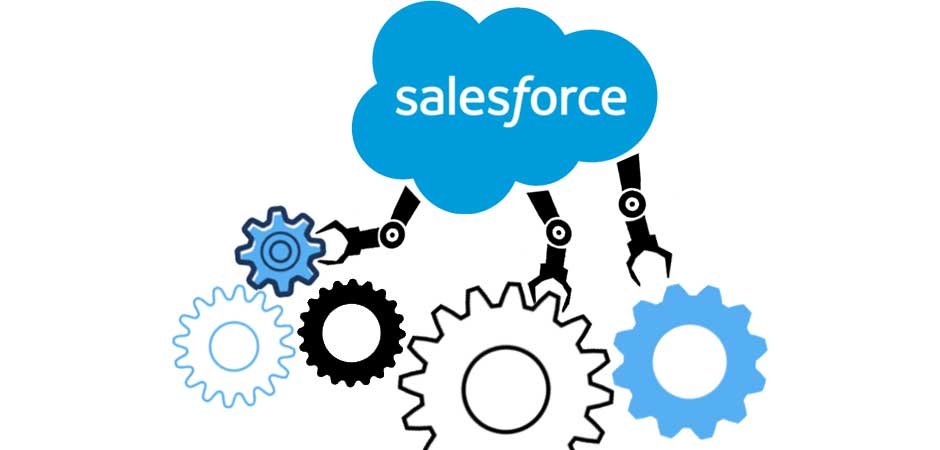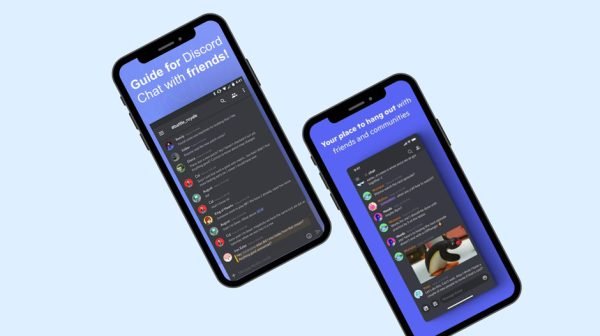Language and Lines of Code: The Significance of German-to-English Video Translation in the IT Domain

The translation of technical content is becoming increasingly important. While it’s easy to assume that the world is a monolingual place especially if your native language is English this isn’t true when you consider the technology industry at large. In fact, there are more than 280 million people worldwide who speak German as their mother tongue and many more who speak it as a second language or learn it in school. That number doesn’t include the millions of other languages spoken by IT professionals around the globe.
Language and Lines of Code
Language is a tool for communication. Code is a tool for communication. Both are languages; they have their own syntaxes and grammars, and they’re used to convey meaning between humans or between humans and computers.
Code can be written in any number of different programming languages (or “languages”), which allow developers to communicate with machines in varying degrees of complexity depending on what needs to be done at any given time. For example:
- C++ is high-level because it allows you to write less code than other lower-level languages like Assembly would require and therefore makes it easier for programmers who don’t know Assembly well enough yet! However, this means that there’s more room for error when writing C++ programs because they’re so easy; while it’s true that writing assembly requires more knowledge about computers than C++ does, this doesn’t mean that there aren’t still ways people could mess up their programs even if they were using Assembly instead of C++ (such as forgetting about pointers).
- On the other hand…
The Significance of German-to-English Video Translation in the IT Domain
Language is key to communication, understanding and collaboration. It’s also important for technology transfer and visual learning. If you’re working in an IT environment where your team members speak different languages, then it’s crucial that all stakeholders have access to accurate translations of any documents or information they need in order to successfully complete their projects within timeframes set by management.
In addition to being able to communicate with one another effectively, having access to reliable video translations allows teams across borders (or even within countries) who don’t share a common language whether it be English or German to collaborate on projects with ease while ensuring that everyone understands what’s happening at every step along the way.
A Diverse Technical Communication Market
The IT market is very diverse. It includes a large number of languages that need to be translated, as well as many different types of documents and projects. The audience for these translations can be just about anyone from other companies’ employees who need access to your technical documentation, to end users who want information on how to use your products or services.
The complexity of the IT industry means that there’s no one-size-fits-all solution when it comes to translating your content into another language. You’ll need someone who understands not only the specifics of this particular sector but also how technical writers work within it (and vice versa). That’s where we come in!
The Need for Multilingual Understanding
While it’s important to understand the code, it’s also vital to be able to translate it from German into English and vice versa. This means that you must be able to translate between two different languages while retaining the meaning of each line of code.
Furthermore, if you’re going to work on a project with other developers or clients who don’t speak your native tongue or even if they do you need to have an understanding of their language so you can communicate effectively with them. And once your product has been developed and launched into production, it becomes even more crucial that everyone involved understands how everything works together: both internally within an organization’s IT department as well as externally among its customers/clients/partners/suppliers (and so on).
Video Translation for Technical Communication in the IT Domain
Video translation is a great way to explain code. Video translation can help you understand code even if you don’t know the language, so it’s useful for learning about new technologies or languages.
Also, translate video from german to english can be used in many different domains, such as technical communication, marketing and sales presentations, product demonstrations and tutorials (e-learning). In addition to being an effective tool for communication with customers or partners from other countries who speak different languages than yours, video translation also makes sense when working with technical teams that are located in different countries but share common tools or systems (such as ERP).
You need to be able to translate code from German to English and vice versa.
So, you need to be able to translate code from German to English and vice versa.
Why? Because it’s important for your career as an IT professional.
If you are working on a project that involves German-speaking clients or colleagues, there is no way around it you will have to translate code from German into English and vice versa at some point in your career. This is true even if both parties speak perfect English (or whatever other language). There are many reasons why this happens:
- The client may have requested that all communication be done in their native language (e.g., when dealing with Swiss clients).
- The client may not feel comfortable with their level of proficiency in the target language(s) or simply want everything written down in their native tongue because they don’t want any misunderstandings later on during implementation stages (e.g., when dealing with German-speaking clients).
- Companies sometimes prefer having documents translated into multiple languages so they can share them internally among employees who do not speak each other’s mother tongues; this helps avoid miscommunication between teams working together closely towards achieving common goals (e..g., developing new features).
Conclusion
If you want to make sure that your technical documents are understood by everyone, you need to be able to translate code from German to English and vice versa.



